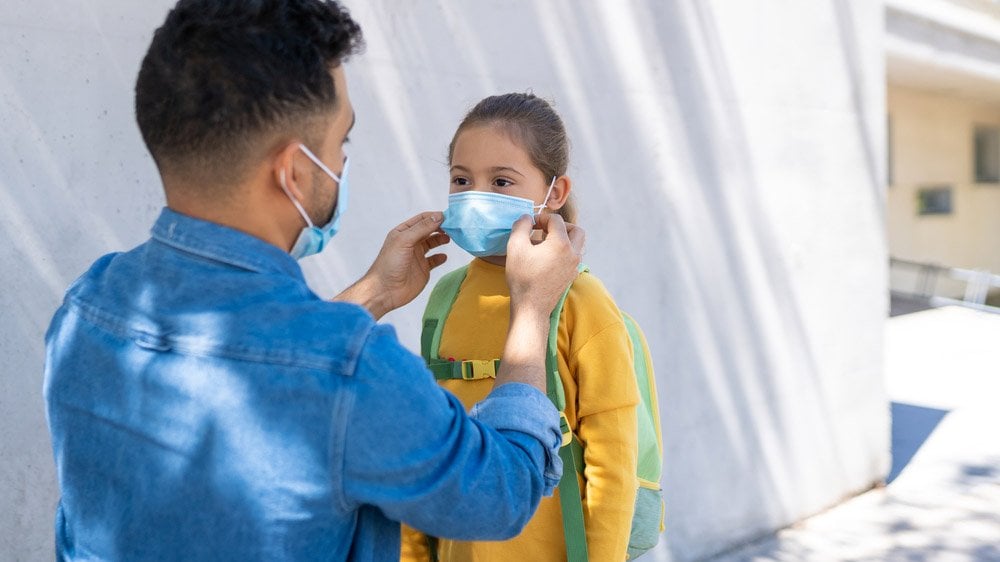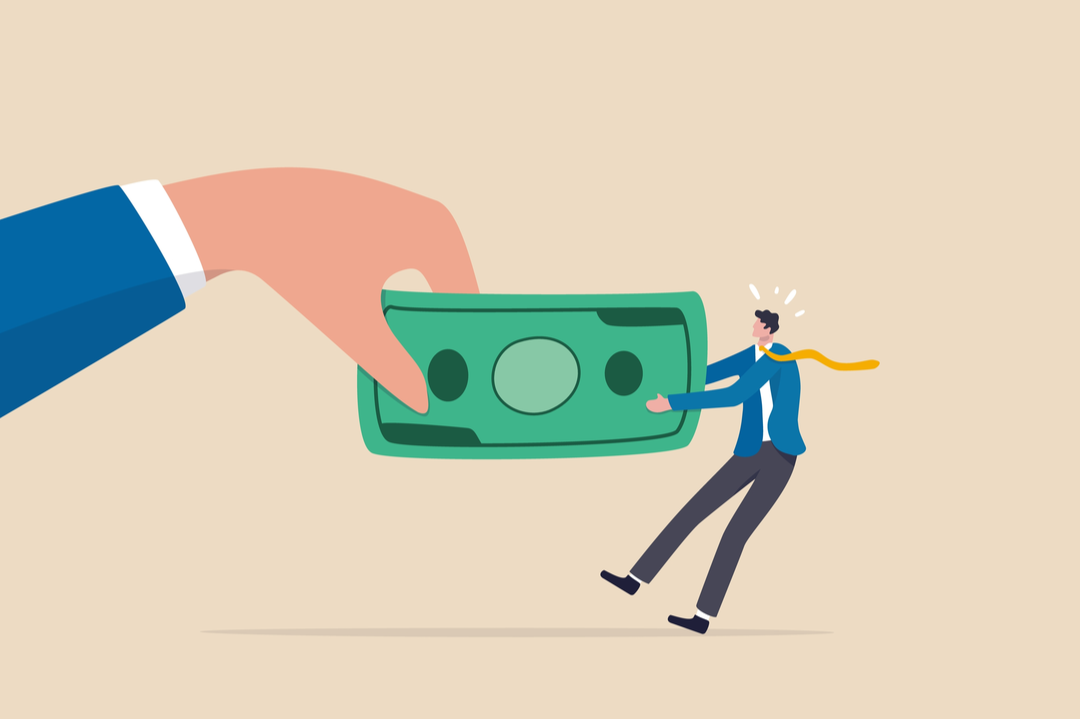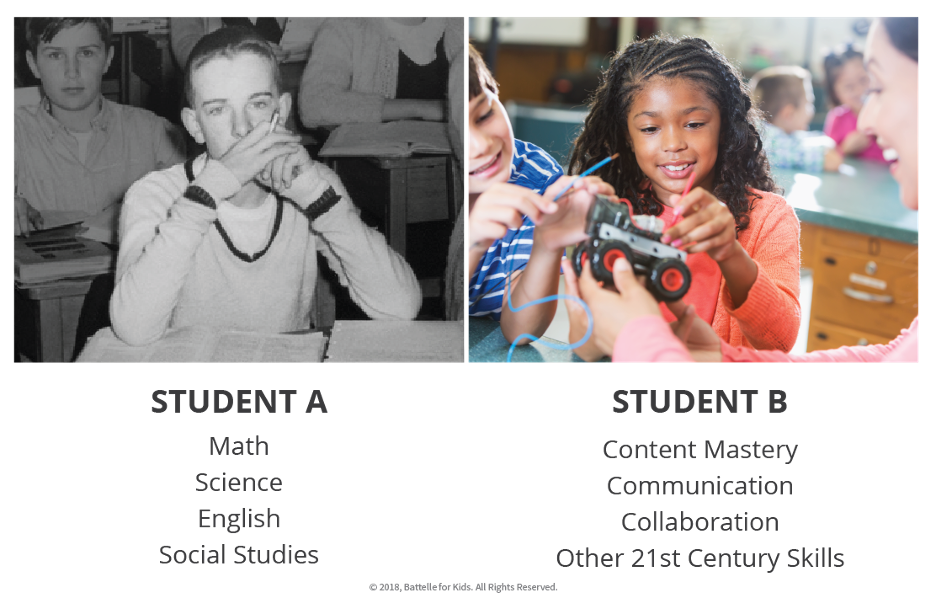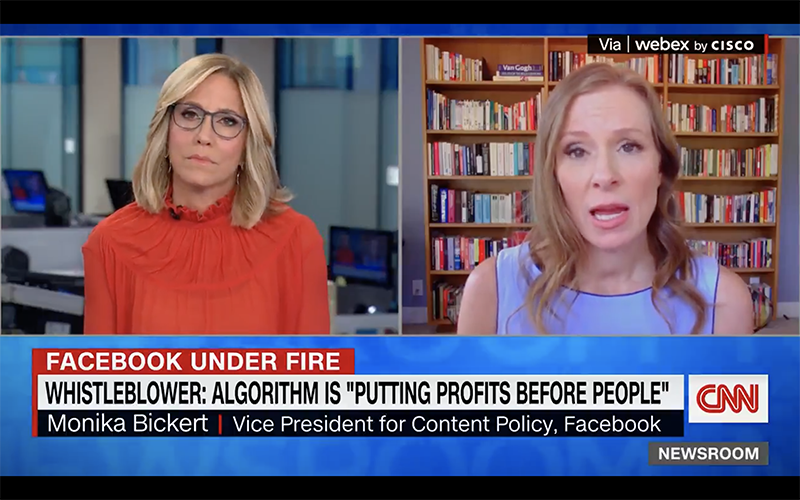Two new studies show the continuing danger posed by Covid — and how a simple tool provides highly effective protection, if only we choose to use it.
In the scientific journal Nature, researchers report new discoveries about the consequences of undergoing multiple Covid infections. It turns out that getting reinfected compounds the risks of the disease, with each reinfection ratcheting those risks even higher.
The study comes from researchers in St. Louis who took a deep dive into a national healthcare database hosted by the U.S. Department of Veterans Affairs. They analyzed more than 5.8 million patients; the vast majority were healthy controls, while nearly 450,000 had one Covid infection and more than 40,000 had two or more infections. What they wanted to know was simple: does each infection expose a person to the same risk of morbidity and mortality, or do those risks change with reinfections?
Their findings were very clear: reinfection makes the chances of suffering long-term damage even higher. They analyzed patient data for six months past infection and found higher rates of death and hospitalization. Reinfected patients also had increased risk of a broad range of adverse events such as diabetes, neurological disorders, cardiovascular issues, gastrointestinal problems, and much more — over and above the already increased risk for these same factors that an initial Covid infection confers.

Notably, the compounded risks of reinfection were not lower among vaccinated patients. “The risks were evident regardless of vaccination status,” the researchers report. Risks were highest around the time of infection, but remained higher than average six months later.
So even if you’ve been fully vaccinated and boosted, it’s still advisable to take precautions to avoid Covid infections — especially if you’ve had the virus already. Fortunately, a separate study offers new data to help on that front.
In Massachusetts earlier this year, a statewide mask mandate for schools was lifted, leaving some schools to drop masking requirements while others kept them in place. The result? An epidemiologist’s dream comparison — the ability to analyze real-life data to determine exactly how effective masking is for students, teachers, and staff. The study’s findings are just as useful for any indoor setting where a lot of people interact in relatively close proximity.
In the study published in the New England Journal of Medicine, researchers analyzed Covid infection rates among students and school staff members for nearly four months, comparing outcomes in Boston-area districts with mask requirements to those without.
Again, the findings were unequivocal. Prior to the change in masking, Covid infection rates were similar across the school districts included in the study. But in the 15 weeks following the lifting of the mask mandate, districts that dropped mask requirements saw significant increases compared to the districts that kept masking. The researchers estimate that nearly 12,000 Covid cases in that period could be traced back to dropping the masks — nearly 30% of all cases in these districts at the time.
Interestingly, the districts that kept mask requirements tended to be those with older schools, lower-income families, and more Black and Latino students. In addition to recommending universal masking as an effective strategy for preventing Covid, the researchers also suggest that widespread mask-wearing could reduce health inequities.

While this was not part of the study, high-quality masks offer better protection against Covid and other respiratory illnesses. Check out Project N95, a nonprofit group that vets N95 and other high-quality masks, for more information.















